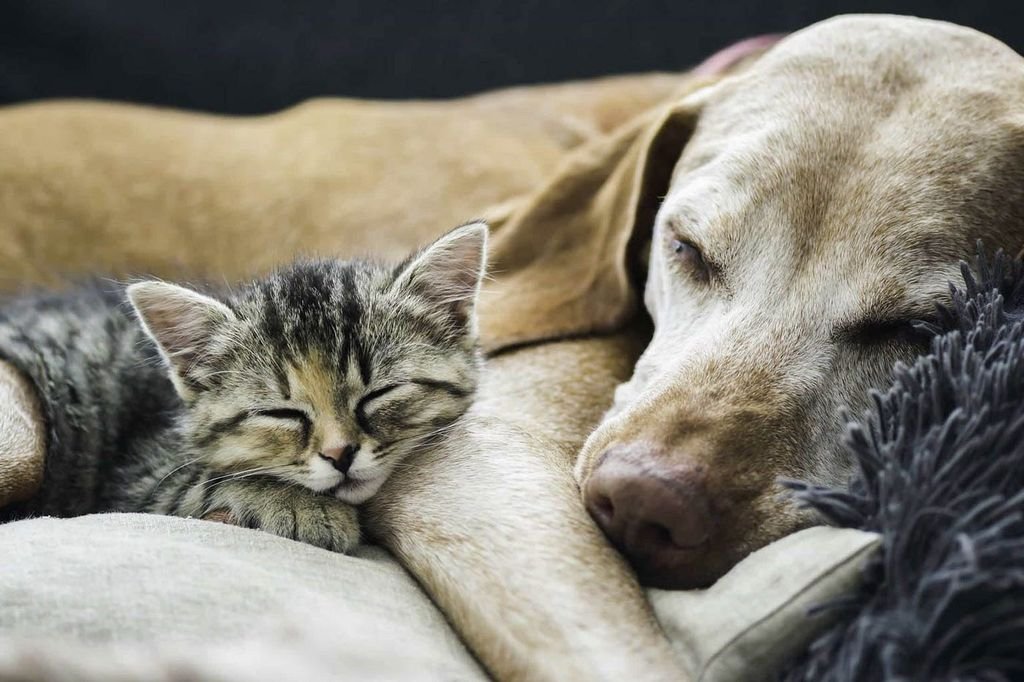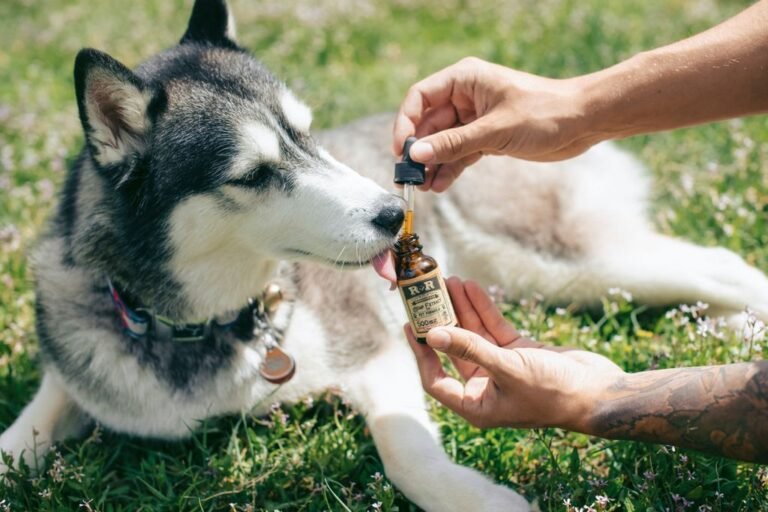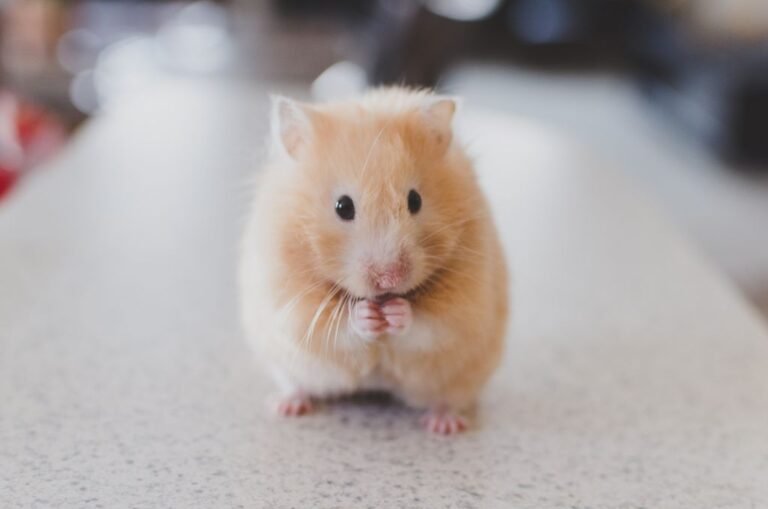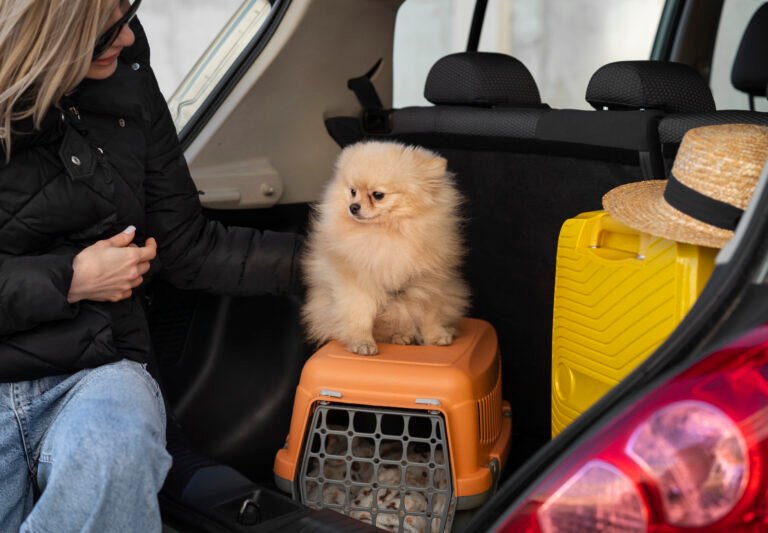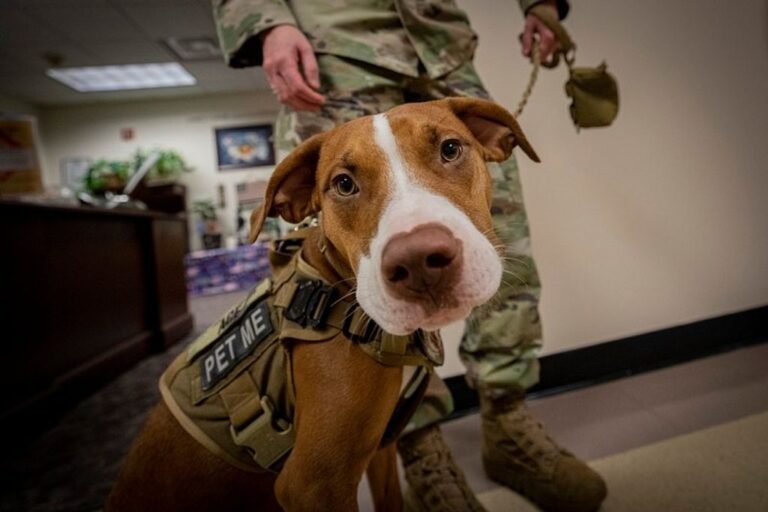The Year-Round Pet Care Calendar: A Seasonal Guide to Pet Wellness
The Year-Round Pet Care Calendar: A Seasonal Guide to Pet Wellness provides pet owners with valuable information on how to care for their pets throughout the year. Each season comes with its own set of challenges and considerations, and this guide aims to help pet owners navigate through them. From grooming tips to protecting pets from heatstroke, preparing for colder weather, and holiday hazards, this comprehensive guide covers it all. Here are the key takeaways from each season:
Key Takeaways
- Grooming Tips for Spring
- Allergies and Your Pet
- Spring Cleaning for Pet Owners
- Protecting Your Pet from Heatstroke
- Fun Summer Activities for Pets
Spring: Preparing for a Healthy Season

Grooming Tips for Spring
Spring is a wonderful time to give your pet a fresh start and ensure they are looking and feeling their best. Here are some grooming tips to help you get started:
-
Brushing: Regular brushing helps remove loose hair and prevents matting. Use a brush that is suitable for your pet’s coat type.
-
Bathing: Give your pet a bath using a gentle pet shampoo. Be sure to use lukewarm water and avoid getting water in their ears.
-
Nail trimming: Trim your pet’s nails regularly to prevent them from becoming too long and causing discomfort.
-
Ear cleaning: Check your pet’s ears for any signs of infection or irritation. Use a pet-safe ear cleaner and gently clean the outer part of the ear.
Remember, grooming is not only about keeping your pet looking good, but it also helps maintain their overall health and hygiene. By following these grooming tips, you can ensure your pet is ready to enjoy the spring season to the fullest.
Allergies and Your Pet
Pets, especially those with respiratory issues like asthma or chronic bronchitis, can be particularly sensitive to airborne scents. They may experience an increase in breathing rate, coughing, or irritation. Birds are especially vulnerable to scented candles, ionizing air filters, cigarette smoke, and fumes from overheated Teflon pans. It’s important to create a calm and comfortable environment for your pet during holidays when there may be additional decorations like menorahs and Christmas trees. These changes can confuse pets and cause stress, leading to abnormal behaviors. Consider making slow changes and using calming treats, collars, or medications to help your pet stay calm and relaxed.
Spring Cleaning for Pet Owners
Spring cleaning is an important task for pet owners to ensure a clean and healthy environment for their furry friends. It’s a great time to compare different cleaning products and find the ones that are safe for pets. When comparing cleaning products, look for ones that are labeled as pet-friendly or non-toxic. These products are specially formulated to be gentle on your pet’s sensitive skin and respiratory system. Additionally, it’s important to compare different cleaning methods and choose the ones that are most effective in removing pet hair, dander, and odors. Vacuuming, mopping, and using lint rollers are all effective ways to keep your home clean and free from allergens. Remember to always read the labels and follow the instructions carefully when using cleaning products around your pets.
Summer: Keeping Your Pet Cool and Happy

Protecting Your Pet from Heatstroke
When it comes to protecting your pet from heatstroke, there are a few important things to keep in mind. First, monitor your pet’s activity levels during hot weather and make sure they have access to shade and plenty of water. Never leave your pet in a parked car, as temperatures can rise quickly and lead to heatstroke. If you notice any signs of heatstroke in your pet, such as excessive panting, drooling, or weakness, seek veterinary care immediately.
To prevent heatstroke, it’s also important to avoid strenuous exercise during the hottest parts of the day and to walk your pet on grass or shaded paths to protect their paws from hot pavement. Additionally, provide cooling options for your pet, such as a shallow pool or a wet towel for them to lie on. Remember, cats are also susceptible to heatstroke, so make sure to provide them with a cool and comfortable environment.
Here are some additional tips to keep in mind:
- Never leave your pet unattended in a hot car
- Avoid leaving your pet outside for extended periods of time
- Keep your pet’s living area well-ventilated
- Avoid walking your pet on hot pavement
By following these guidelines, you can help keep your pet safe and protected from heatstroke.
Fun Summer Activities for Pets
Summer is the perfect time to bond with your furry friend and enjoy the great outdoors together. Here are some fun summer activities that will keep your pet cool, happy, and entertained:
-
Beach Day: Take your pet to the beach for a day of sun, sand, and splashing in the waves. Make sure to bring plenty of water and shade to keep them hydrated and protected from the heat.
-
Hiking Adventure: Explore nature trails and go on a hiking adventure with your pet. It’s a great way to exercise and enjoy the beauty of the outdoors. Remember to bring a leash, poop bags, and tick prevention for their safety.
-
Backyard Water Fun: Set up a sprinkler or a kiddie pool in your backyard for your pet to cool off and have some water fun. They will love chasing the water and splashing around.
-
Outdoor Games: Play interactive games like fetch or frisbee with your pet in the park or your backyard. It’s a fun way to keep them active and mentally stimulated.
Remember to always prioritize your pet’s safety and well-being during these activities. Keep an eye on them for any signs of overheating or exhaustion, and provide plenty of breaks and shade. Enjoy the summer together with your furry companion!
Traveling with Your Pet
When it comes to traveling with your pet, it’s important to plan ahead and make sure your furry friend is comfortable and safe throughout the journey. Here are some tips to help you make the most of your trip:
- CBD for pet owners: Consider using CBD products to help keep your pet calm and relaxed during travel.
- Pack essentials: Bring along all the necessary supplies for your pet, including food, water, medications, and any comfort items they may need.
- Secure your pet: Make sure your pet is properly secured in a carrier or harness to prevent any accidents or escapes.
- Take breaks: Remember to take regular breaks during long trips to allow your pet to stretch their legs and use the bathroom.
- Research pet-friendly accommodations: If you’re staying overnight, make sure to find accommodations that are pet-friendly and provide the necessary amenities.
Traveling with your pet can be a fun and rewarding experience, as long as you take the necessary precautions and make their comfort a priority.
Fall: Preparing for the Changing Season

Preparing Your Pet for Colder Weather
As the colder weather approaches, it’s important to take extra care of your furry friend to ensure their comfort and well-being. Here are some tips to help you prepare your pet for the chilly season:
-
Provide Extra Warmth: Make sure your pet has a cozy and comfortable place to sleep, preferably indoors. Consider providing them with a warm blanket or bed to keep them snug.
-
Adjust Their Diet: Some pets may need extra calories during the winter months to maintain their body temperature. Consult with your veterinarian to determine if your pet’s diet needs any adjustments.
-
Protect Their Paws: Cold pavement and ice can be harsh on your pet’s paws. Consider using pet-safe paw balm or booties to protect their feet from the cold and prevent any injuries.
-
Keep Them Hydrated: Even though it’s colder, your pet still needs access to fresh water. Make sure their water bowl is always filled and not frozen.
Remember, your pet relies on you to keep them safe and comfortable during the colder months. By following these tips, you can ensure that they stay happy and healthy throughout the season.
Halloween Safety Tips for Pets
When it comes to Halloween, it’s important to keep your furry friends safe and comfortable. Here are some tips to ensure a spooktacular holiday for both you and your pet:
- Keep candy out of reach: Halloween treats may be tempting for pets, but many candies can be harmful or even toxic. Make sure to keep all candy and chocolate away from your pet’s reach.
- Watch out for costume hazards: If you decide to dress up your pet, make sure the costume is comfortable and doesn’t restrict their movement or breathing. Avoid costumes with small parts that can be chewed or swallowed.
- Create a safe space: Halloween can be a stressful time for pets with all the noise and activity. Set up a quiet and comfortable space where your pet can retreat to if they feel overwhelmed.
- Be cautious with decorations: Keep an eye out for decorations that can be hazardous to pets, such as candles, wires, or small objects that can be swallowed. Make sure to secure any loose decorations to prevent accidents.
- Keep your pet indoors: With all the commotion on Halloween night, it’s best to keep your pet indoors to prevent them from getting scared or lost. Make sure they have proper identification in case they accidentally escape.
- Consider an automatic pet feeder: If you’re planning to be out trick-or-treating or attending Halloween parties, an automatic pet feeder can ensure that your pet is still fed on schedule. This way, you can enjoy the festivities without worrying about your pet’s mealtime.
Remember, your pet’s safety and well-being should always be a top priority during Halloween. By following these tips, you can ensure a fun and safe holiday for everyone.
Fall Pet Health Checkup
As the seasons change and the weather gets cooler, it’s important to schedule a fall pet health checkup for your furry friends. This checkup allows your veterinarian to assess your pet’s overall health and address any potential issues before they become more serious. During the checkup, your veterinarian will perform a thorough examination, including checking your pet’s weight, temperature, and heart rate. They may also recommend additional tests or vaccinations based on your pet’s individual needs. Taking the time to schedule a fall pet health checkup can help ensure that your pet stays happy and healthy throughout the season.
Winter: Keeping Your Pet Warm and Safe

Winter Grooming Tips for Pets
During the winter season, it’s important to give your pets some extra care and attention to keep them warm and comfortable. Here are some tips to help you with winter grooming:
-
Upgrade your pet’s bedding: Provide your furry friend with a cozy and warm bed to snuggle into during the cold nights. Consider using blankets or pet-specific heating pads to provide extra warmth.
-
Protect their paws: Winter weather can be harsh on your pet’s paws. Consider using pet-safe paw balm or booties to protect their paws from cold temperatures, ice, and salt.
-
Adjust their grooming routine: During winter, your pet’s skin can become dry and their coat may become dull. Adjust their grooming routine by using moisturizing shampoos and conditioners to keep their skin and coat healthy.
-
Keep them hydrated: It’s important to ensure that your pet stays hydrated during the winter months. Provide fresh water at all times and consider using a heated water bowl to prevent freezing.
Remember, your pet relies on you to keep them comfortable and safe during the winter season. By following these grooming tips, you can help them stay happy and healthy.
Holiday Hazards for Pets
Delicious holiday foods are just one of the seasonal pitfalls facing clients and their pets. Help them stay accident-free with hazard management and avoidance tips from emergency, critical care, and toxicology experts and practitioners. Here are the usual—and not-so-usual—suspects and what to tell clients about them.
- Fearsome festive foods: Chocolate, turkey, and grapes are among the edible culprits that bring pets into the clinic or emergency room during the holiday season.
- Vacation care: People may leave pets in the care of others during the holidays and it is important to make sure the pet’s routine remains the same.
- Changes in environment: Dogs and cats may be stressed by the changes in their environment during holidays, so it’s beneficial to make slow changes and use calming treats, collars, or medications.
According to 2022 statistics, 20 percent of pet health insurance company’s annual chocolate toxicity claims come in the month of December, with chocolate toxicity claims doubling in the last two weeks of that month. Most cases of chocolate poisoning are seen in dogs rather than cats. However, consuming a small amount of chocolate may cause mild symptoms.
Indoor Activities for Pets
When the weather outside is frightful, it’s important to keep your pets entertained and active indoors. Here are some fun and engaging activities to keep your furry friends happy:
-
Interactive toys: Invest in toys that stimulate your pet’s mind and encourage physical activity. Puzzle toys and treat-dispensing toys are great options.
-
Hide and seek: Create a game of hide and seek by hiding treats or toys around the house. This will keep your pet mentally stimulated and provide a fun challenge.
-
Indoor agility course: Set up a mini agility course using household items like pillows, tunnels, and boxes. This will help your pet burn off energy and improve their coordination.
-
Training sessions: Use the indoor time to work on training exercises with your pet. Teach them new tricks or reinforce existing commands.
Remember, review these activities regularly to ensure they continue to provide mental and physical stimulation for your pet.
Winter: Keeping Your Pet Warm and Safe
Conclusion
In conclusion, the Year-Round Pet Care Calendar provides a comprehensive guide to ensuring the wellness of your pet throughout the seasons. By following the tips and recommendations outlined in this article, you can keep your pet safe, healthy, and happy all year long. Remember to be mindful of holiday hazards and take necessary precautions to avoid accidents and illnesses. Regular veterinary check-ups, proper nutrition, exercise, and grooming are essential for maintaining your pet’s well-being. With the help of this seasonal guide, you can provide the best care for your furry friend and create a strong bond that will last a lifetime. Happy pet parenting!
Frequently Asked Questions
What are some grooming tips for spring?
Some grooming tips for spring include brushing your pet’s coat to remove any loose hair, bathing them to keep their skin clean, and trimming their nails regularly.
How can I protect my pet from heatstroke in the summer?
To protect your pet from heatstroke in the summer, make sure they have access to shade and fresh water at all times, avoid exercising them during the hottest parts of the day, and never leave them in a parked car.
What are some Halloween safety tips for pets?
Some Halloween safety tips for pets include keeping them indoors during trick-or-treating, keeping candy and decorations out of their reach, and ensuring they have proper identification in case they get scared and run away.
How can I keep my pet warm in the winter?
To keep your pet warm in the winter, provide them with a warm and cozy bed, dress them in a sweater or jacket when going outside, and limit their time outdoors in extremely cold weather.
What are some holiday hazards for pets?
Some holiday hazards for pets include toxic foods like chocolate and grapes, decorations that can be chewed or swallowed, and holiday plants like poinsettias and mistletoe.
What are some indoor activities for pets during the winter?
Some indoor activities for pets during the winter include playing with interactive toys, teaching them new tricks or commands, and setting up obstacle courses for them to navigate.

